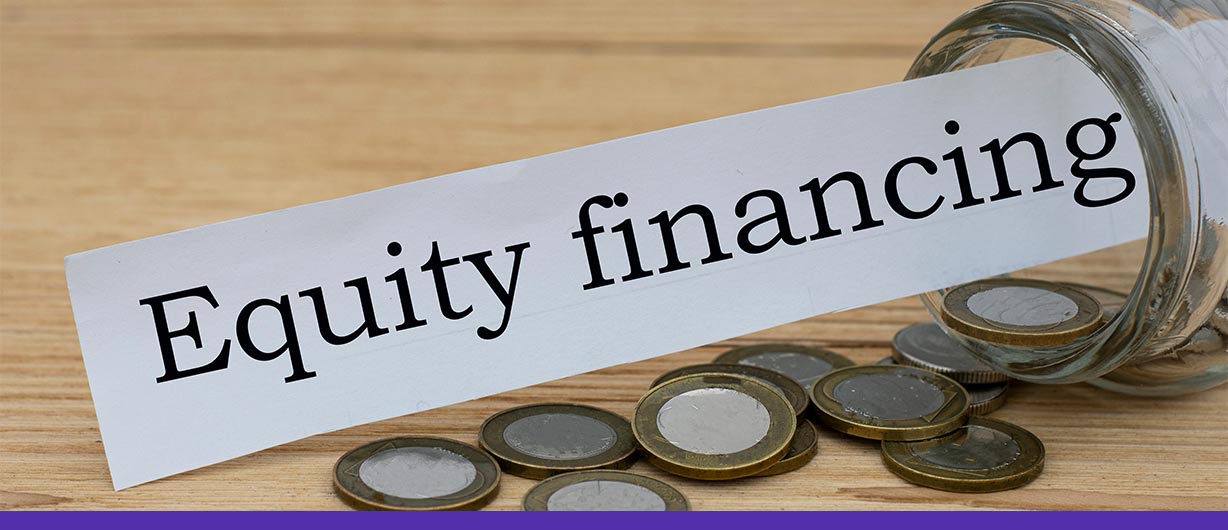November 3 2023 | By Farwah Jafri | 5 minutes Read

What Are Retained Earnings?
What Is the Retained Earnings Formula and Calculation?
What Can Retained Earnings Tell You?
Management and Keeping Profits
Distinguishing Between Retained Earnings and Dividends
Distinguishing Between Retained Earnings and Revenue
What Are the Drawbacks of Keeping Profits?
Wrapping Up
How can you see a snapshot of your business’ financial situation at any time? You can use a document called a balance sheet. This special report tells you about the things your business owns and what it owes to others, as well as how much value your business has for its owners. One key thing to pay attention to is the amount of money your company keeps for future use, which can show how stable your business is and how much it might grow. That is what you call retained earnings.
Retained earnings are the total profits a company has earned over time, considering that it didn’t give those profits to its shareholders as dividends. It means the company kept the money instead of paying it out.
For this reason, when a company loses money or pays dividends, its retained earnings decrease. But when it makes new profits, the retained earnings increase.
The formula to calculate retained earnings is as follows:
RE = BP + Net Income (or Loss) – C – S
Here’s what each abbreviation in the formula stands for:
RE stands for retained earnings.
BP is the beginning period of retained earnings.
C represents cash dividends.
S represents stock dividends.
Retained earnings tell you about a company’s past profits minus any dividends paid. To understand the significance of retained earnings, consider how a company can use its surplus money. For example, when dividends are paid, the earnings are permanently removed from the company’s accounts.
The other options involve keeping the earnings within the company, and these investments and funding activities fall under retained earnings. Here’s what you can do with retained earnings:
1. Share with shareholders by giving them dividends, either fully or partially.
2. Invest the money in expanding the business, like increasing production capacity or hiring more salespeople.
3. Use the money to launch new products or variants, such as a refrigerator maker creating air conditioners or a cookie company introducing new flavors.
4. Invest in mergers, acquisitions, or partnerships to enhance the business’ prospects.
5. Buy back company shares.
6. Repay outstanding loans or debt.
Retained earnings are also known as earnings surplus, money reserved for reinvesting in the business. When expressed as a percentage of total earnings, it’s called the retention ratio and equals:
1 – the dividend payout ratio
Even repaying debt affects the company’s accounts by saving future interest payments, making it part of retained earnings. Profits provide business owners and management with flexibility in using the money. This profit can be shared with shareholders or reinvested in the company for growth, and what’s not paid to shareholders becomes retained earnings.
Whether to keep the company’s earnings or share them with shareholders is typically up to the company’s leadership. However, shareholders can challenge this decision with a majority vote because they are the true owners of the company.
Management and shareholders might want to retain the earnings for various reasons. Management, having better knowledge of the market and the company’s operations, may have ambitious plans for future growth that will yield substantial returns down the road.
In the long term, these initiatives may benefit the shareholders more than receiving dividends. Both management and shareholders prefer using the earnings to pay off high-interest debt instead of distributing dividends.
Most of the time, company management takes a balanced approach, paying out some dividends while retaining a significant portion of earnings, which benefits everyone.
Dividends can be given in the form of cash or stock. Both types of distribution reduce retained earnings. Cash dividends lead to cash leaving the company and are recorded as a net reduction in the books and accounts. This reduces the company’s asset value on the balance sheet since it’s losing its liquid assets in cash dividends, which affects retained earnings.
In contrast, stock dividends don’t result in a cash outflow, but they transfer a portion of retained earnings to common stock.
For example, if a company offers one share as a dividend for each share held by investors, the share price is halved because the number of shares essentially doubles. This adjustment in the per-share market price is made to reflect the stock dividend’s proportion.
While the increase in the number of shares doesn’t impact on the company’s balance sheet due to the automatic market price adjustment, it does reduce the per-share value, affecting capital accounts and, subsequently, retained earnings.
Both revenue and retained earnings are crucial for assessing a company’s financial health, but they represent different aspects of the financial picture. Revenue is the income generated by a company before deducting operating expenses and overhead costs. In some industries, it’s referred to as gross sales because it’s calculated before deductions.
For someone studying a company’s financials, they might need more than just looking at the total amount of money saved in a quarter or year to give them a clear picture. It’s better to track this over a few years to see how much they’ve saved.
If you’re an investor, you’d want to know more than just how much they’ve saved. You’d be interested in discovering if that money they saved has made good profits and if investing elsewhere would have been a better idea. On top of that, some investors prefer getting bigger dividends instead of seeing the company save a lot of money every year.
On the other hand, retained earnings are the part of a company’s cumulative profit set aside for future use. They can be used for expansion or to pay dividends to shareholders later. Unlike revenue, retained earnings are linked to net income, representing the amount saved by a company over time.
Also Read: The 5 Most Important Profitability Ratios You Need for Your Small Business
Subscribe for business tips, tax updates, financial fundamentals and more.
MORE BLOGS

Ever wondered “What are advisory shares and why do I need to learn all about them?” The answer lies in the question. An advisory share is […]
Learn More →
Equity financing might be an appealing option if you’re a small business owner searching for funding to fuel your company’s expansion. However, before delving into the […]
Learn More →
Equity, often referred to as shareholders’ equity (or owners’ equity for privately held companies), denotes the sum of money that would be distributed to a company’s […]
Learn More →